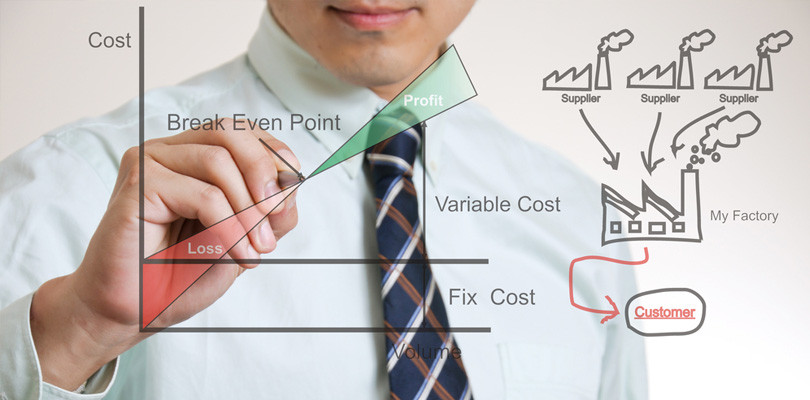Improve profit in Perth – behave like a sniffer dog and look within your business
Most business owners experience cash flow problems from time to time and find themselves urgently needing working capital. Read the following tips on how you can improve profit in Perth from within your business. Many business owners immediately think of bank loans when they’re short of money, but there are other resources that can be tapped into before going to the bank. The money you need might already be there, locked up in your inventory, assets or debtors.
You can free up funds from within your business by re-examining your systems to locate hidden funds that will be sufficient for your immediate needs and improve profit in Perth.
How to improve profit in Perth with good management
Even if the funds you free up from within your business are not sufficient, there is another payoff: the effort you make in searching for them helps to ensure that you are running your business in an efficient manner.
To free up funds from within your business and improve profit in Perth, look closely at:
- assets
- customers
- suppliers
Assets
Your assets include debtors, stock, pre-paid expenses, vehicles, plant and equipment, fittings and property. Each of these is a possible source of funds that can improve profit in Perth.
Debtors
Are you letting some customers have a free run for months? This is a common occurrence in businesses where the owners are so busy getting products out the door or providing services, that they don’t pay enough attention to basic business procedures such as chasing up debtors. Many customers will take advantage of this – don’t let it happen.
Here’s how you fix the problem:
- Get invoices out promptly. Whatever else you do, become efficient at getting invoices out promptly. This is your future cash flow — the lifeblood of your business! You want to receive payment as soon as possible, so start this new system NOW. Depending on your business, you can often cut out statements simply by printing at the bottom of the invoice: ‘Please pay on this invoice as no statement will be sent.’
- Send the invoice with the goods or immediately the service is completed. Date the invoice from no later than the day it is sent rather than following the standard ‘last day of the month’. The earlier the invoice date, the better your chances of getting paid earlier.
- Change the terms for some of your customers, or for new customers. For example, set reduced payment terms such as 7 days or 14 days from thee date of invoice.
- Follow up promptly when invoices aren’t paid by the due date. This is critical. Be polite but firm. If you haven’t the time to do this yourself, then appoint someone to do it for you.
Monitor your debtor collection days and set an improvement target each quarter. For example, if the average in your industry is 30 days, but you are taking an average of 45 days to collect outstanding debts, then there’s clearly room for improvement. If your customers have been taking advantage of you because of your previous lax invoicing, then you may need to re-educate them. Do this politely so you don’t offend them.
Consider factoring. This simply means selling your outstanding invoices to a finance company. So, instead of having to wait 30 days or more until an invoice is paid, you receive most of your money upfront from the finance company which, in turn, collects the money from your customer. The finance company will of course charge you a commission for this service. Be aware, though, that there are pros and cons to factoring. For example, check that the finance company will not antagonise your customers with a heavy-handed approach. Talk to them first about their collection methods.
Consider offering a discount for prompt payment. If you are considering factoring, why not try offering a discount to your customers instead? Discounts are not a good option for low-margin businesses, but can be an option for high-margin businesses. You have to work out whether the use of money gained earlier is worth the discount you’re offering. NEVER give the discount if the person has missed the due date for the discount offer. This will not improve your profit.
Inventory
Do you have excessive capital tied up in stock? This can occur in two ways:
- carrying high levels of items that you could obtain from suppliers at short notice
- having too many slow-moving items and too few fast-moving items.
A quick sale
Regularly review your stock levels, your turnover rates and your purchasing policies. Can you free up money by reducing stock? What about having a sale of slow-moving items – it might pay you to reduce these quite heavily to raise some quick cash.
Can you approach suppliers to take back any excessive stock you have? They might help you as a goodwill gesture if you explain you have a temporary cash flow crisis, but that you do wish to build a long-term relationship with them.
If you need additional funds to purchase more stock, make sure that you’re replacing slow-moving stock with the faster selling items.
Pre-paid expenses
This is another area you could look at as it often relates to services. For example, you might pay your insurance bill for the year all in one hit, but you could arrange to pay small monthly amounts instead. There might be an additional cost for doing this, but you must weigh the extra cost against the advantages of 12 small payments which your cash flow can comfortably handle versus one large annual payment. Try a similar approach with your other bills.
Assets
Assets can drain significant amounts of cash out of a business. Do you really put all your assets to full use? You might be able to:
- Sell off rarely used assets and hire suitable replacements when you require them.
- Lease or rent assets and equipment that depreciate rapidly such as computers and/or vehicles.
Customers
Don’t forget your customers can be a source of business funds. Apart from debt collection improvements already mentioned, try these tactics:
Ask some of your customers (start with the ones you know best) if they would be willing to use their credit cards for purchases instead of using the ‘pay on account’ arrangement they have with you. For example, if they purchase say $2,500 worth of goods or services from you, they would pay for this by means of a business credit card. They still get 30 to 55 days credit before having to pay the credit card company, but you’re paid straight away.
Even better, encourage your customers to pay directly into your bank account.
Ask for progress payments
If you supply goods or services over a period of time, ask your customers if you can invoice for progress payments. This is quite a common method of ensuring you get some regular cash flow instead of waiting until the end of a job, then waiting at least another 30 days for payment.
There’s another benefit here too. If the customer turns out to be dodgy, you’ll discover this quite early on and you can cut your losses before they mount up and drag your business down. This tactic is therefore very suitable for tradespeople subcontracting to a developer.
Suppliers
Finally, consider your suppliers as a possible source of funds. Ask for extended payment terms to give you the opportunity to sell the goods first before you have to pay. If they won’t budge, try this tactic: split the order in two and offer to pay normal credit terms (30 days) on the one half of the order and 90 days on the other half. Your suppliers will be more likely to agree to this kind of arrangement if you’ve paid them promptly in the past. After all, they have a vested interest in helping you succeed.
- Discounts – give customers an incentive to order more items through discounts for large quantities.
- Re-order levels – set up minimum stock levels to avoid shortfalls on important lines.
- Default reordering – set up re-ordering quantities so the most economical quantity is ordered.
- Stock – try to take delivery of stock so you can sell it before paying the final bill.
Take advantage of discounts
Pay accounts on time if discounts are offered for early payment (and there is no harm in asking for a discount).
These are just suggestions and may not be suitable for your business. Feel free to contact us about ways to find money in your business.
If you need help on how to improve profit in Perth and how to find money within your business, call us today on 9204 3733 or Contact Us – we will be happy to help. We can offer our Management Consulting service which can assist.







